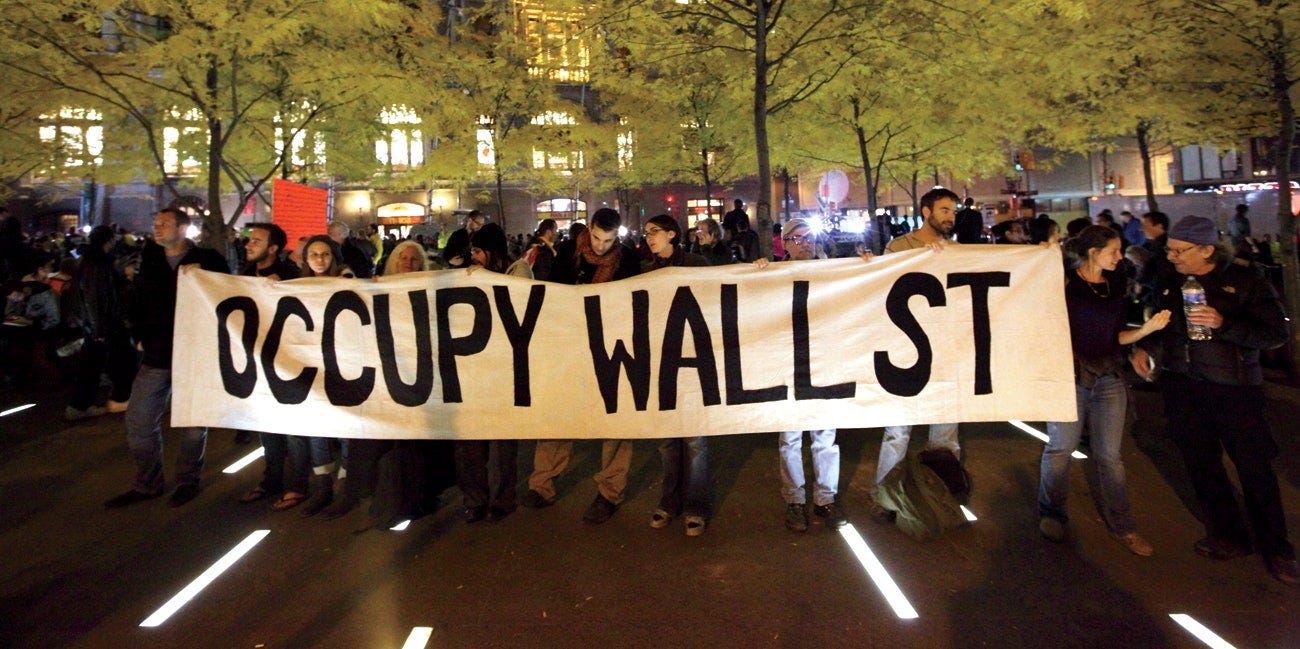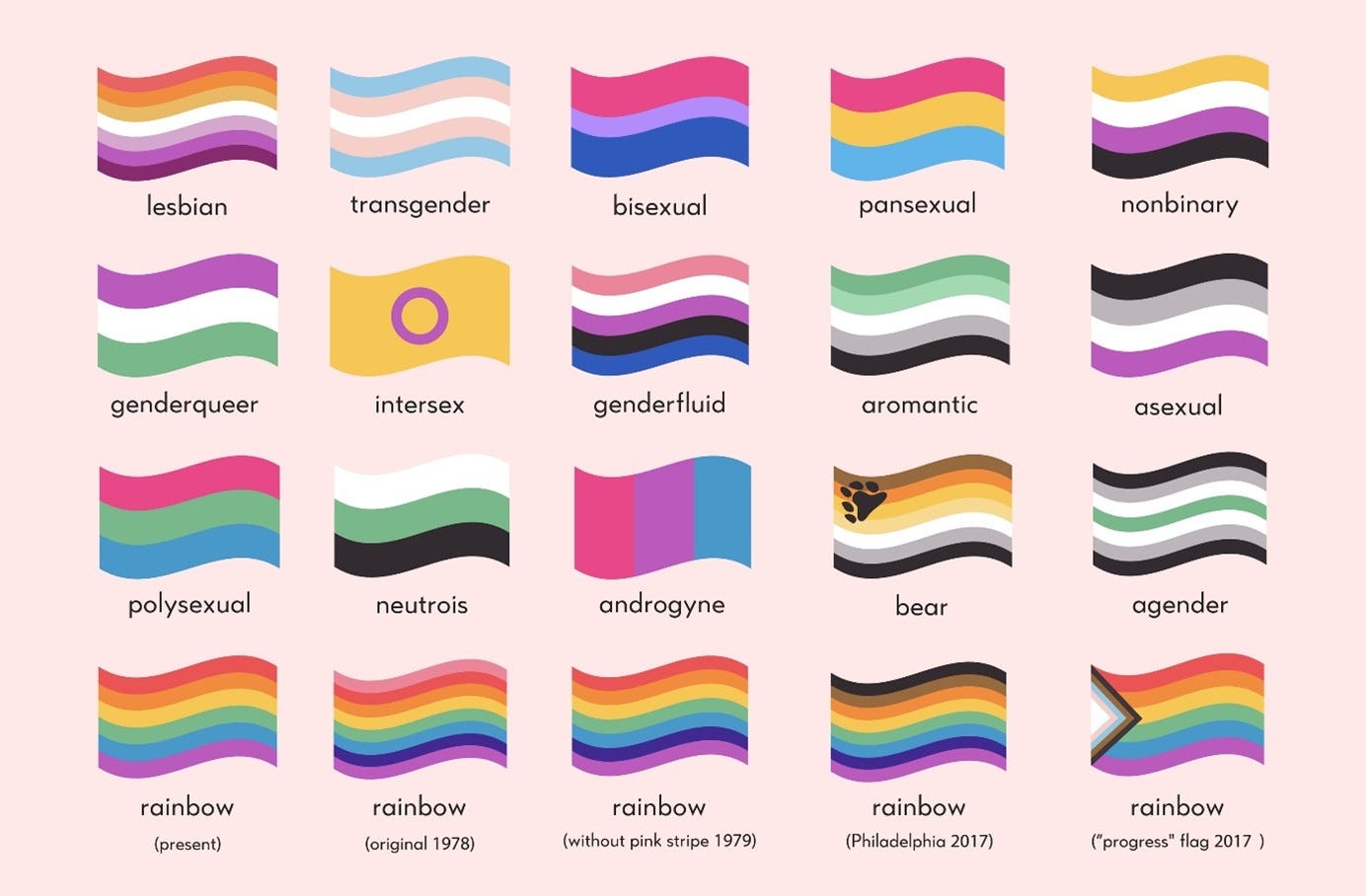In November 2016 real estate mogul and reality TV star Donald Trump won an upset victory over Hillary Clinton for the Oval Office.
One of the rules of electoral democracy is that everyone honors the final result, even if their guy loses. Ballot chicanery in Chicago gave Kennedy the 1960 election: Nixon and the Republican Party accepted the results after a bit of grumbling and Nixon later won the 1968 election. But many ardent Hillary supporters insisted that Trump had stolen the election with the aid of Vladimir Putin and his teams of Russian hackers, bots, and trolls.
A 2023 NYU study found that Russian troll posts only reached a small subset of voters, mostly partisan Republicans, and determined that there were no measurable changes in attitudes, polarization, or voting behavior among those exposed. But a 2022 Rasmussen survey found that 72% of Democrats believed it was likely the 2016 election outcome was changed by Russian interference.
The Rasmussen survey also found that the wealthier the voter, the more likely they were to suspect Trump was a Putin plant, noting:
Voters with annual incomes above $200,000 are most likely to think Russian interference changed the presidential election outcome in 2016, while those with incomes between $50,000 and $100,000 are most skeptical toward claims of Russian interference in the 2016 election. And while 56% of voters with incomes above $200,000 say it is Very Likely that Russia will try to interfere in this year’s congressional elections, less than 40% of those with incomes below $100,000 share that opinion.
A #resistance arose on social media in the hopes of driving out the usurper one hashtag at a time. Robert Reich, former Secretary of Labor under Bill Clinton, produced a popular podcast entitled The Resistance Report. Failed ESPN sportscaster Keith Olbermann jump-started his career with his GQ web show The Resistance. And an anonymous White House staffer (later identified as Miles Taylor) announced in the New York Times “I Am Part of the Resistance Inside the Trump Administration.”
Neither these high-profile Resisters nor the multitude of social media #resisters suffered for their brave political stances. Robert Reich and Keith Olbermann went on to new career heights: Miles Taylor left the Trump Administration for a position with Google. And angry anti-Trumpers like Jeff Tiedrich and Majid Padellan turned their Twitter following into dark money-funded full-time jobs. A few of us remembered another protest movement that had its moment in the sun a few years earlier.
Six days after 9/11's tenth anniversary, some 200 protestors converged on Zuccotti Park in Manhattan's Financial District and announced their intention to Occupy Wall Street. The brainchild of Kalle Lasn and Micah White of Adbusters, Occupy Wall Street cast its spotlight on "the 1%" and on the overwhelming influence large corporations and financial firms have on American policy-making. As they put it:
Occupy Wall Street is a leaderless resistance movement with people of many colors, genders and political persuasions. The one thing we all have in common is that We Are The 99% that will no longer tolerate the greed and corruption of the 1%. We are using the revolutionary Arab Spring tactic to achieve our ends and encourage the use of nonviolence to maximize the safety of all participants.
By October 3 similar protests had risen in several cities, including Boston, Los Angeles and Chicago. Describing protests on the Brooklyn Bridge, NPR's Jeff Brady noted "Pick just about any cause, including the execution of Troy Davis in Georgia in September, and it's likely represented here. The primary focus is on corporations, the wealthy and income distribution."
Labor unions and environmentalists joined Occupy protests alongside celebrities and Communists. The Jacksonville FBI office reported in a memo that “the movement was spreading throughout Florida and there were several Facebook pages dedicated to specific chapters based on geographical areas.”
America was evenly divided in support or opposition to the Zuccotti Park occupation. Jeremy Varon of the New School For Social Research declared the protests were "the Obama generation declaring their independence from his administration." Dan Gainor at Fox News opined that the anarchists and hippies of OWS were showing America what democracy smells like.
But however they felt about the protestors, Americans were remarkably receptive to their message. As Ruy Teixera noted in a New Republic article:
As close to a consensual view as you get in America is that “everyone in America should have equal opportunities to get ahead.” A whopping 97 percent agreed with that statement in a 2007 survey by political scientists Lawrence Jacobs and Benjamin Page. But Wall Street and powerful allied economic and political interests are making a mockery out of this commitment and, indeed, raising questions about whether anyone else besides them can get ahead, period. That’s the source of the populist anger—call it aspirational populism—that is driving this movement and will continue to drive it in the future, if it picks up steam.
On September 21, 2012 brothers Omar and Rafael Rivero started a Facebook page they called "Occupy Democrats." This page, which they describe as "a merger of the goals and interests of Occupy with those of the Democratic Party," soon became one of the Left's leading sources for news and information.
This information wasn't always correct: Politfact rates eight of the 22 Occupy Democrats claims it checked as "False" and four as "Pants on Fire." (Two were “Mostly True” and seven “Half-True”). But despite widespread criticism for its fast and loose approach to facts, in May 2020 nearly half the top-performing Facebook videos which mentioned "Trump" were from Occupy Democrats.
During the 2016 Democratic primary Occupy Wall Street's official website proclaimed that Clinton "stole a Democratic nomination that rightfully belongs to Bernie Sanders. She is a true enemy of the people." In September 2017 Omar Rivera bragged to the Miami New Times "If Hillary would have given me $20 million, we wouldn't have President Trump. That's a guarantee."
Today the Occupy Democrats Facebook page has over 10 million followers. The page for Occupy Wall Street has just over 50,000. The hard questions raised by OWS's 2011 occupation have been subsumed into endless kayfabe that keeps readers entertained with the exploits of political wrestling heels whose fans shout “SCHLUMPFH IS A FASCIST” and “BRANDON WEARS DEPENDS!” across an ever-widening canyon.
Occupy Wall Street came and went like CeeLo Green. But political scientists discovered Americans had little trust in the American political system and wanted to express their displeasure. And while OWS was largely focused on income inequity, these pundits took pains to see that its audience focused on almost anything else.
On May 25, 2020 George Floyd died in Minneapolis police custody. A country already on edge from two months of COVID lockdowns erupted into dozens of fiery but mostly peaceful protests.
In an effort to decrease tensions, many cities began removing Confederate monuments. Crowds chanted “Black Lives Matter” and “Say Their Names.” Fortune 500 corporations changed their logos to show their sympathies. The actions were largely cosmetic, with much talk of racism and white supremacism but very little said about income inequity or the increasing lack of well-paying jobs.
The Right kept itself entertained by Thin Blue Line flags and “Back the Blue” hashtags. In the face of unqualified distaste for police, they responded with unqualified support. And a post-Floyd surge in violent crime rates and the arrests of many January 6 protestors did little to bring the two sides together to talk about rational solutions to real problems in America’s police and judicial systems.
Ultimately the Black Lives Matter organization found itself embroiled in numerous fraud allegations and the sympathies of the professional/managerial classes moved toward the equally loud but less fiery cause of LGBTQAI2S+ rights. This new cause du jour allowed them to look down their noses at working-class Christians while saving them the discomfort of marching alongside angry Black people.
Suffragists took to the streets for the right to vote. Gay rights activists held “die-ins” to bring attention to the AIDS crisis. The modern LGBTQ+++ movement spends much of its time discovering new sexual and gender identities and cataloguing the ways in which they are oppressed by the cisgendered straight world.
They also engaged in a push to teach children about queer culture, and used subsequent complaints about “grooming” to further their narrative of a rampantly conformist society that wanted to LITERALLY KILL queer children.
This push found an unlikely enemy in J.K. Rowling, whose books were widely popular amongst the teenagers of all ages who identified as part of the Rainbow Spectrum. Her comments concerning trans women in women’s prisons, shelters, and athletic programs made her a literal Nazi with many transpeople and trans allies, and there was much loud boycotting of her work and anything connected with it.
But the JKR hate mob turned out to be considerably smaller than the gaming community at large. A few gaming websites banned all discussion of Hogwart’s Legacy, while others were careful to post disclaimers criticizing JKR’s “transphobia.” But despite much shrieking, Hogwart’s Legacy quickly became and remains the top-selling game of 2023.
Less surprising, but equally successful, was Florida governor Ron DeSantis’s push against LGBT-friendly books in schools and his subsequent spanking of Disney when they criticized his Parental Rights in Education Act HB1157, better known as the “Don’t Say Gay” law.
DeSantis proved that there was political capital to be made by listening to the angry parents and religious leaders whom the FBI considered potential domestic terrorists. At this time he is one of the leading candidates for the Republican Presidential nomination, although Trump’s recent arraignment has given his struggling campaign new life.
The LGBTQ+ crusade appears to be reaching its sell-by date. PMC tastemakers like the Atlantic and New York Times have released mildly gender-critical pieces and have thereby given prosperous liberals permission to speak out against trans excesses without feeling themselves to be bad people.
As the comfortable classes greet the banning of child drag shows with a collective yawn, it is unclear what the Next Big Thing will be. It is equally unclear how long the masses can be distracted as the American economy goes from bad to worse, and what will happen when our misdistribution of wealth becomes impossible to ignore.








